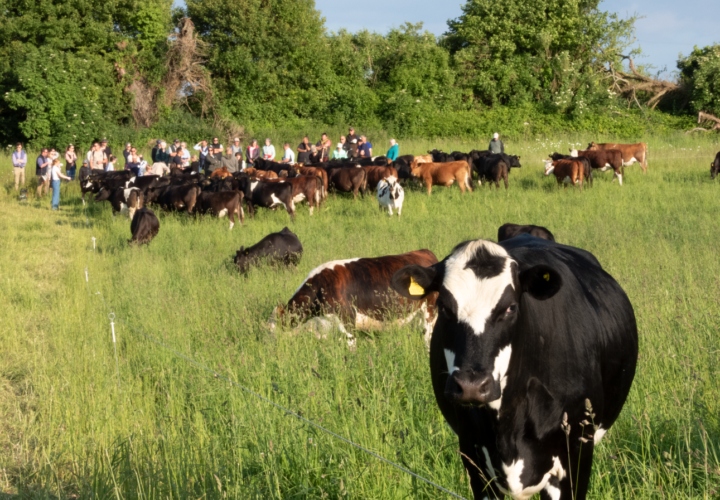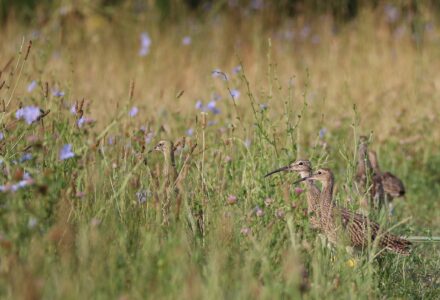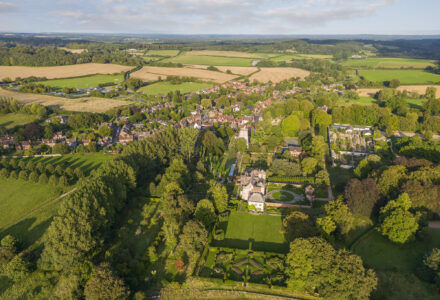A Summer’s Evening Farm Walk at Cranborne
The Cranborne Estate recently hosted an educational farm walk to illustrate the estate’s methods and approach to conserving and managing the land.
On a beautiful summer’s evening, the estate team and over 40 members of the local community met in the village square, the starting point for the 5k farm walk across the estate.
The walk was designed not only to highlight the estate’s approach to regenerative farming, but to also give local people the opportunity to see, experience and hear about different areas of the estate, some of which would not ordinarily be accessible.
The River Crane chalk stream survey, carried out in 2022 by the Wessex Rivers Trust and Dorset Environmental Records Centre, provided valuable data on habitats, birds, invertebrates, fish and flora, helping to identify areas that could be improved for wildlife.
Head Forester Richard Deffee discussed this vital project with the group, which included some younger members of the local community. Richard highlighted some of the actions that are being taken to preserve the rich diversity of plants and freshwater invertebrates that live in the clear, calcium rich water, how chalk streams have suffered from over-abstraction and sewage discharge, and why chalk streams are such a significant part of our eco system.
Farm Manager Dan Moore presented the variety of different crops grown on the estate to the group, explaining their usage once harvested, and how the estate practises regenerative methods of farming. Regenerative agriculture uses various different methods of soil management and focusses on crop nutrition and protecting soil health. By practising these methods, the crop’s requirements are met through a planned programme of using nutrition, whilst minimising the usage and effect of fungicides and other plant protection products on the soil.
The benefits of this approach to farming include improved soil fertility, healthy plant growth, nutrient-rich produce and reduced reliance upon chemicals. Methods being practised at Cranborne include the reduction of bare soil, zero tillage, extensive crop rotation, conservation and Integrated Pest Management (IPM) techniques, plus fully integrating livestock.
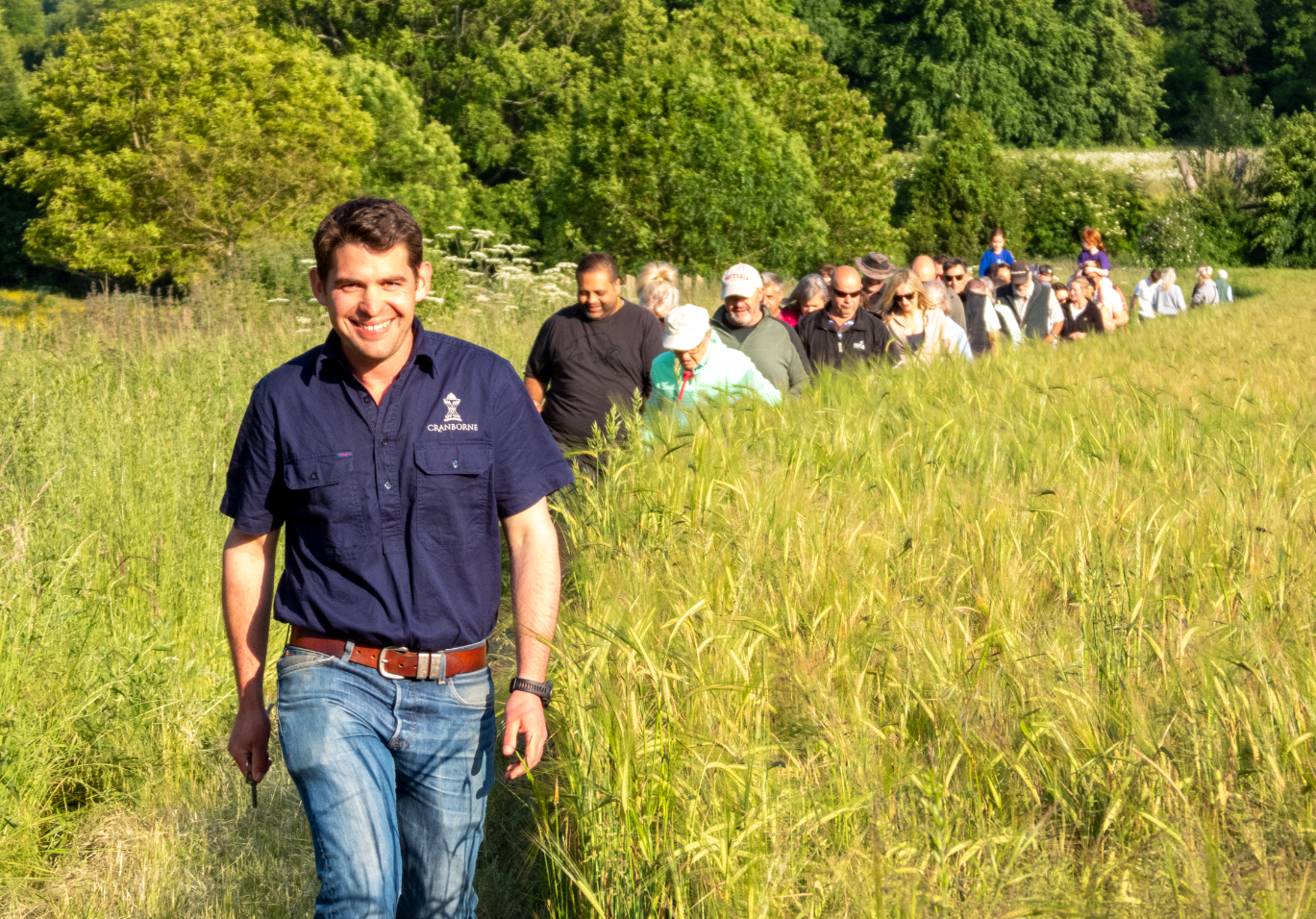
The estate’s grazing partner, Tom Mitchel, explained how his livestock are fully integrated into the arable rotation, and all attending the walk were able to get close to and meet some of Tom’s herd of 620 cattle, who are bred for beef production. The cattle are grazed all year round on cover crops and herbal lays, which are temporary grass mixes made up of different species including legumes, herbs and grasses.
Herbal lays provide positive benefits for regenerative farming including:
- Growth of more flowers, providing a vital food source for pollinators such as bees and butterflies
- Soil resilience through structure and fertility, improving soil drainage and reduction of surface water
- Reduced fertiliser costs
- Improved soil carbon sequestration
- Extended grazing season, improved feed quality for livestock, reducing the purchase of concentrated feeds
- Healthier livestock and reduced reliance upon chemical wormers
Tom explained the method of mob grazing to the group – a system where short periods of intense high-density grazing is followed by a long period of rest. The aim when grazing is to graze a third, trample a third, leave a third. The system provides nutritious forage for the cattle, trampling to feed the soil, and resting to encourage the rapid regeneration of the sward.
The cows are moved on frequently to prevent overgrazing. This system, combined with controlling where the cattle graze, allows plants to mature and seed allowing root structures to develop to their full potential, which in turn boosts soil health, biodiversity and carbon sequestration.
Head Keeper Beau Witney spoke to the group about the conservation work he and his team carry out, in order to encourage healthy insect populations to feed the diverse and sometimes rare bird species that inhabit the estate. This includes improving wild flower margins, creating over winter bird food plots and strips, beetle banks and mosaic cropping. This is the practise of managing land so that different habitats are created across a landscape, different crop varieties are planted next to each other, with natural vegetation and stewardship options in between, linking corridors across the farmed landscape.
Dan, who arranged the Farm Walk, was delighted with the positive feedback that was received following the walk, both directly from those in attendance, and via social media.
Commented Dan:
“Most people were genuinely surprised at the level of regenerative farming practises and conservation that is taking place, and it was good to show an interested and engaged audience what we are doing here at Cranborne.
We were asked some really great questions from across the spectrum, from simple to technical, plus it was good to highlight the work our different teams are doing, and spend such quality time with our neighbours and local communities.”
Following the event, another educational evening is being planned in September to demonstrate the estate’s approach to continuous cover forestry.
